The content of the article
Pipes used in bulk water transportation are made of non-galvanized steel. In the past 10 years, they began to produce them from polyethylene, but you can’t get away from the first option. Exposure to sand and other foreign substances destroys the inner surface of the pipes, and water drives the microparticles further. With prolonged contact of the toilet with running water, these substances are deposited and eaten into the enamel. In the neglected state, it is difficult to remove the rusted neoplasms, but we have collected for you a golden collection of effective methods.
Acidic Cleaners
Before applying the acid composition, wear high rubber gloves, wide safety glasses and a disposable respirator. Also, after processing the toilet, you should not be in the toilet room, proceed as follows: apply the composition, close the toilet lid, wait for the required period of time, return and wash it off.
In the process of the action of acids on rust, complex compounds are formed that destroy enamel. Therefore, carefully read the instructions on the back of the bottle, the manufacturer indicates the maximum allowable exposure time.
Consider the popular and well-established acidic agents:
- Chistin Sanitary (Stupinsky Chemical Plant);
- "Domestos 100%" (pink, green);
- “Toilet duckling Antirust”;
- "Triumph";
- "Stork Sanox Ultra";
- "Comet 7 days of cleanliness for the toilet";
- “Faberlic Clean Toilet”;
- "Mole";
- "Sarma Gel for Plumbing."
The technology for using the composition is quite simple: apply the product in a plentiful layer to the place of rust or under the entire surface of the rim, wait 20-30 minutes (the exact time is indicated by the manufacturer on the package). After that, rinse and clean the toilet with a brush.
Hydrogen peroxide and gelatin
Do not confuse peroxide with hydrogen peroxide, they have a completely different concentration. Mix 100 ml. drug with 300 ml. filtered water, add 70 gr. gelatin, wait 15 minutes. At the end of the term put on gloves, scoop up the mixture with a sponge and apply it to the place of rust formation. Leave for 7-10 hours, at this time you can not use the toilet. Also make sure that no water flows from the tank. At the end of the term, drain the water, thoroughly rub the inside of the toilet bowl with a brush. Repeat the procedure as necessary.
Oxalic acid and ammonia
At the end of the period, apply clean ammonia to the treated area, wait 10 minutes. Wash the toilet with a brush while flushing. As with cleaning products, oxalic acid requires certain precautions. Be sure to wear gloves, goggles and a respirator (medical bandage).
Gel for dishwashers
Use a clean, non-diluted formulation. Pour into a spray bottle. After that, rub the rust place with ammonia and a brush, leave for 30 minutes, constantly update the mixture when it drains.At the end of the period, take a brush and a bottle of gel for dishwashers, spray the product into places with rust, rub thoroughly for 10-15 minutes. Rinse, redistribute the gel, leave for 5 hours.
"Coca Cola"
A lot of videos “walk on” the Internet, on which carbonated drinks of foreign manufacture can easily cope with rust. The indisputable advantage of this method is that Coca-Cola can be poured directly into the toilet barrel, and not just handle the main zone.
To prepare a "vigorous" mixture, you must dilute 100 g. baking soda, 50 ml. table vinegar and 45 gr. citric acid in 400 ml. Coca-Cola. Pour the composition into a convenient container with a neck, close the lid and shake a little. Bring the bottle to the toilet, open the lid and immediately process the rust. Prepare in advance for the composition to foam.
Do not use the toilet for 6 hours, it is advisable to carry out the procedure in the evening in order to be able to leave the product overnight. As for the barrel, pour 2 liters of Coca-Cola mixed with 120 g. citric acid, 45 ml. vinegar solution, 450 gr. baking soda. Leave on for 4-6 hours, then brush.
Hydrochloric acid
To remove rust, you will need a solution of hydrochloric acid with a concentration of 33% or higher. Apply the composition under the rim and on the plaque, immediately close the toilet lid and wait about half an hour. After this, drain the water, brush the surface with a brush and repeat the action if the result is incomplete.
You can also use hydrochloric acid powder. In this case, the technology changes a little. Take 50 gr. composition and pour in 30 ml. warm filtered water. Roll up gauze or a bandage in 10 layers, scoop up the product and rub the rust thoroughly. Wait at least 1 hour, rinse.
Be sure to protect the skin of the hands, eyes and respiratory tract before working directly with acid. Hold your breath while applying the composition if you are not working in a respirator. Do not breathe acid fumes. The product is suitable exclusively for emergency cases, since frequent use greatly destroys the enamel.
Car Battery Electrolyte
A great way to handle rust in a quarter of an hour. The technology can only be used if the sewer pipes coming from the toilet are not made of plastic. Take the liquid from the old battery or buy it in the automotive department (cost about 100 rubles). Pour the composition under the rim and in the place of rust, leave for 10 minutes, then rub it well with a brush (then throw it away). When working with electrolyte, gloves and glasses must be worn.
Vinegar
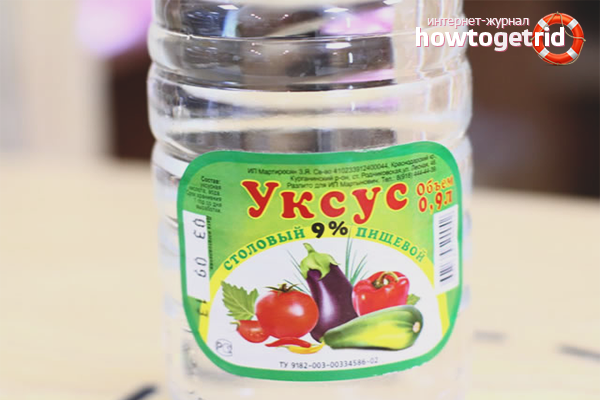
To remove rust, you will need to purchase vinegar essence with a concentration of 70% or more. Do not confuse with ordinary table vinegar (9%), it will not cope with a stale plaque. Take 110 gr. powder for washing machines, pour 150 ml into it. vinegar essence, do not wait until the granules dissolve. Immediately scoop the mixture onto a kitchen sponge and work on the rust spots. Rub the surface well, rinse with water and repeat the manipulations. After five thorough treatments, reapply the composition and leave for 7 hours.
Chlorine-containing preparations
Close the riser, use a plunger to drain all the water from the toilet cavity. Pour 700 ml into it. bleach, leave for 4 hours. If there is no possibility to drain the water, or you don’t know how to do it, pour whiteness under the rim and rust, wait 6 hours or more. At the end of the action, do not rush to rinse, treat the rusty coating with a brush or a hard sponge. As with other cleaning products, be careful not to breathe chlorine vapor.
Soda and tartaric acid
When everything is ready, put on gloves, treat the place of rust with medical alcohol or vodka. Scoop a large amount of the composition onto a kitchen sponge and rub the rust place well for 10-15 minutes. After that, flush the water and repeat the steps, leaving the composition for 5 hours.
You can permanently get rid of rust, for this it is enough to use one of the proposed options. You should start with the purchase of acidic cleaning products, give preference to drugs marked "Antirust." To prevent further neoplasms, throw a softener pill into the tank.
Video: how to wash the toilet from plaque and rust

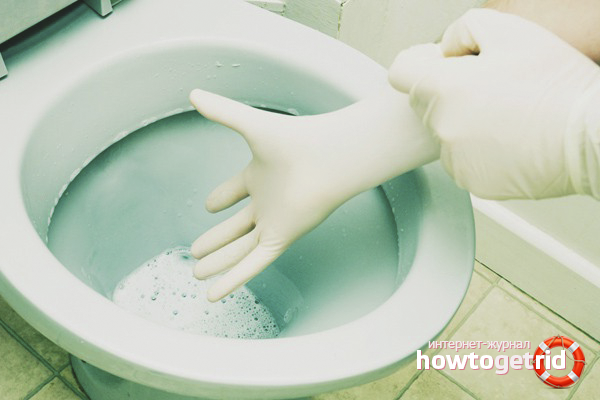
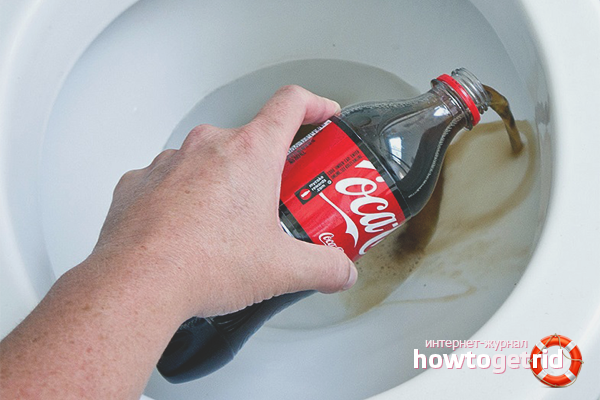

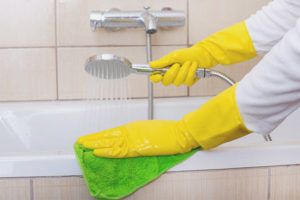
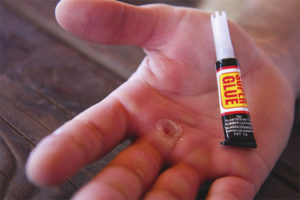
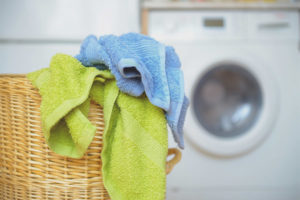
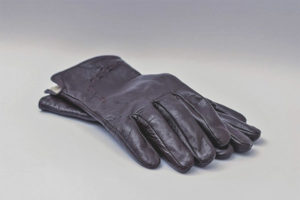


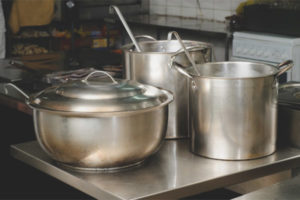
Submit